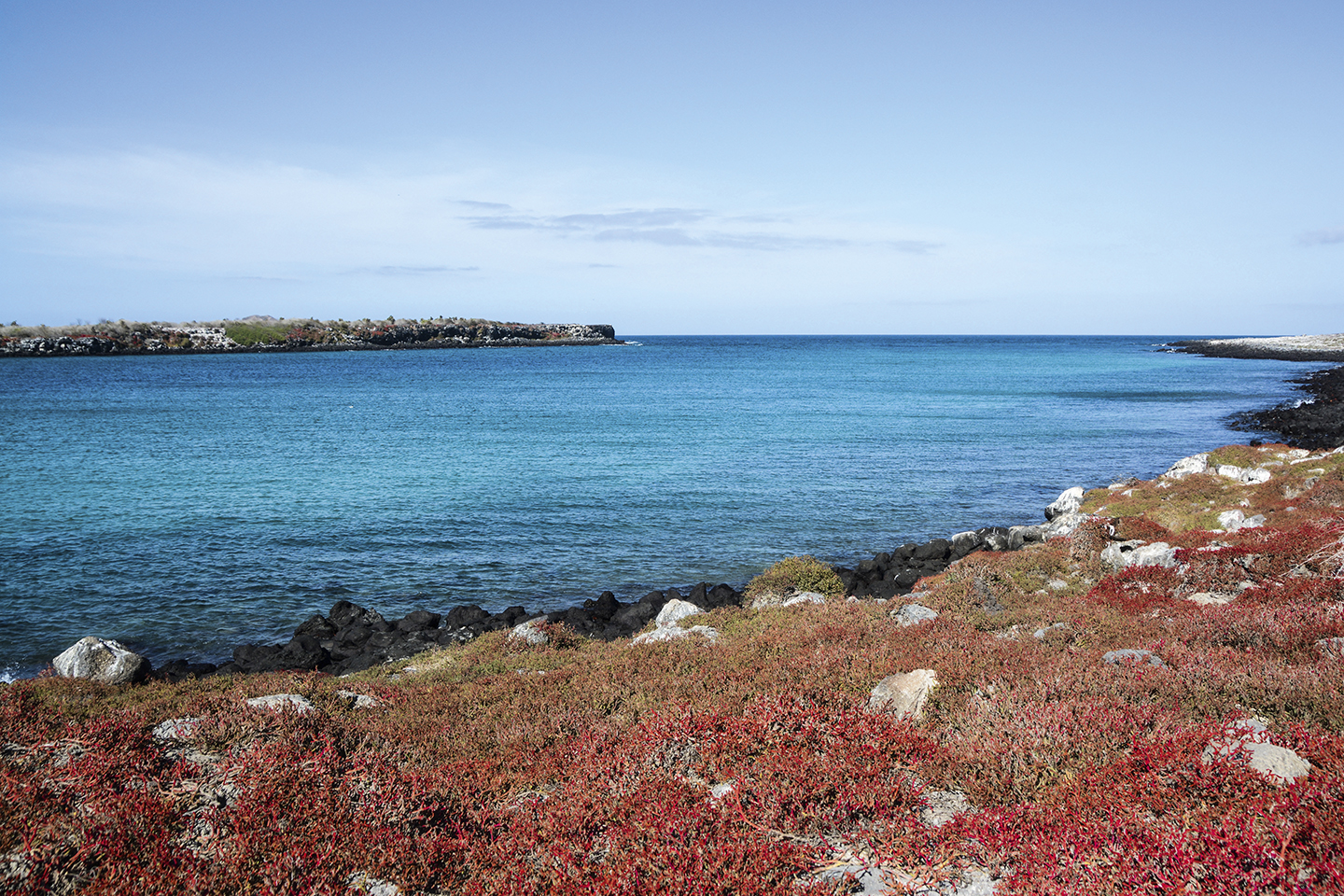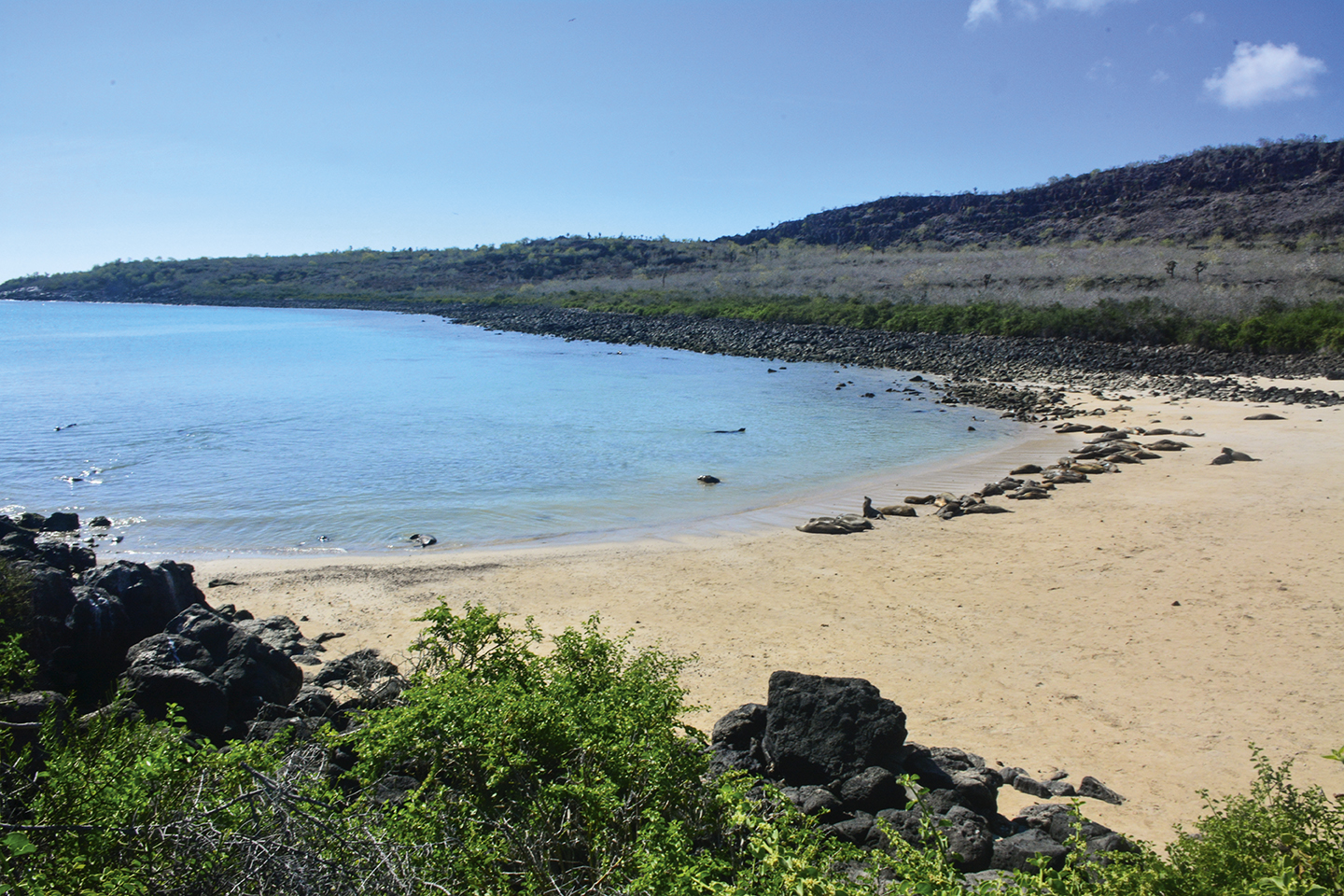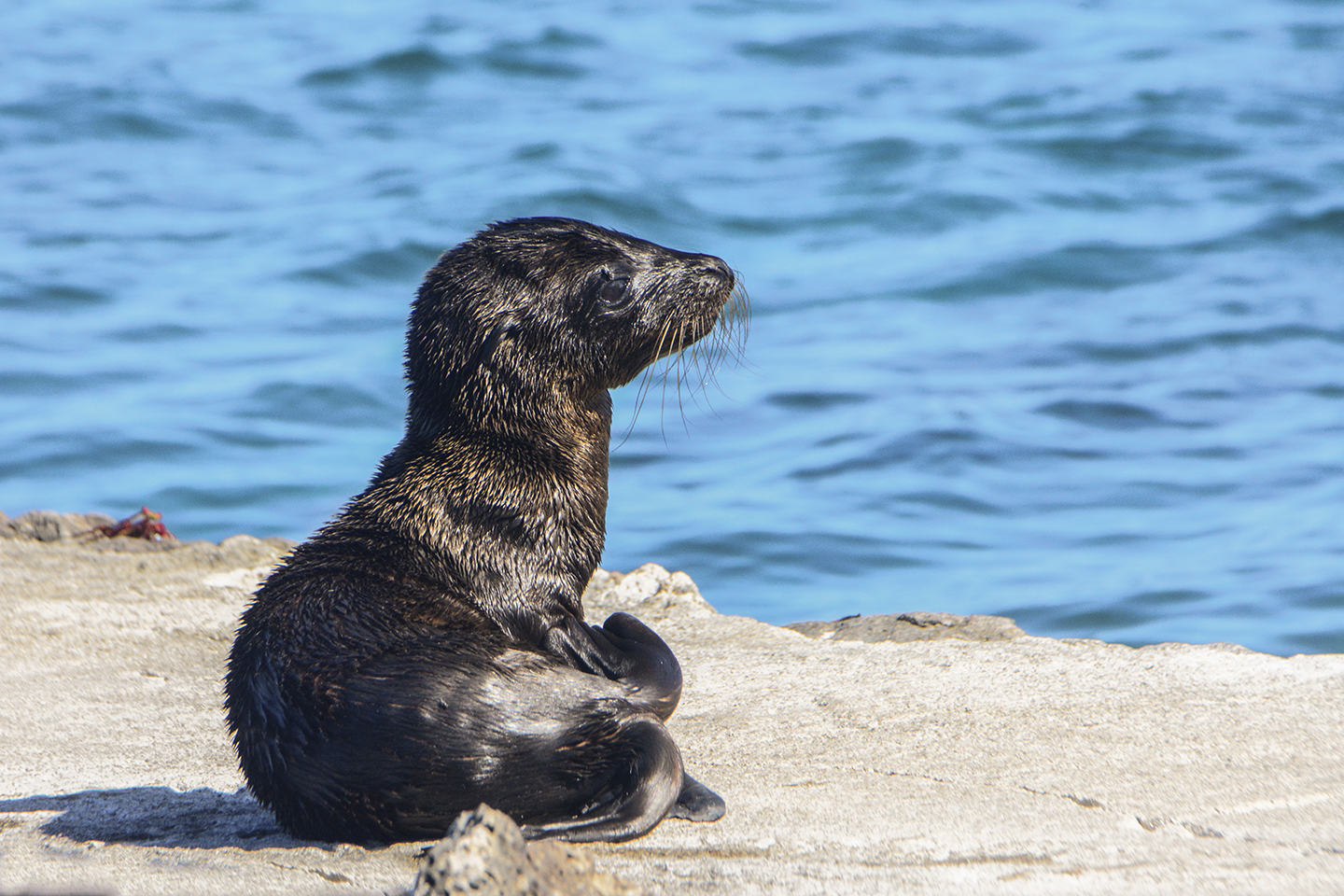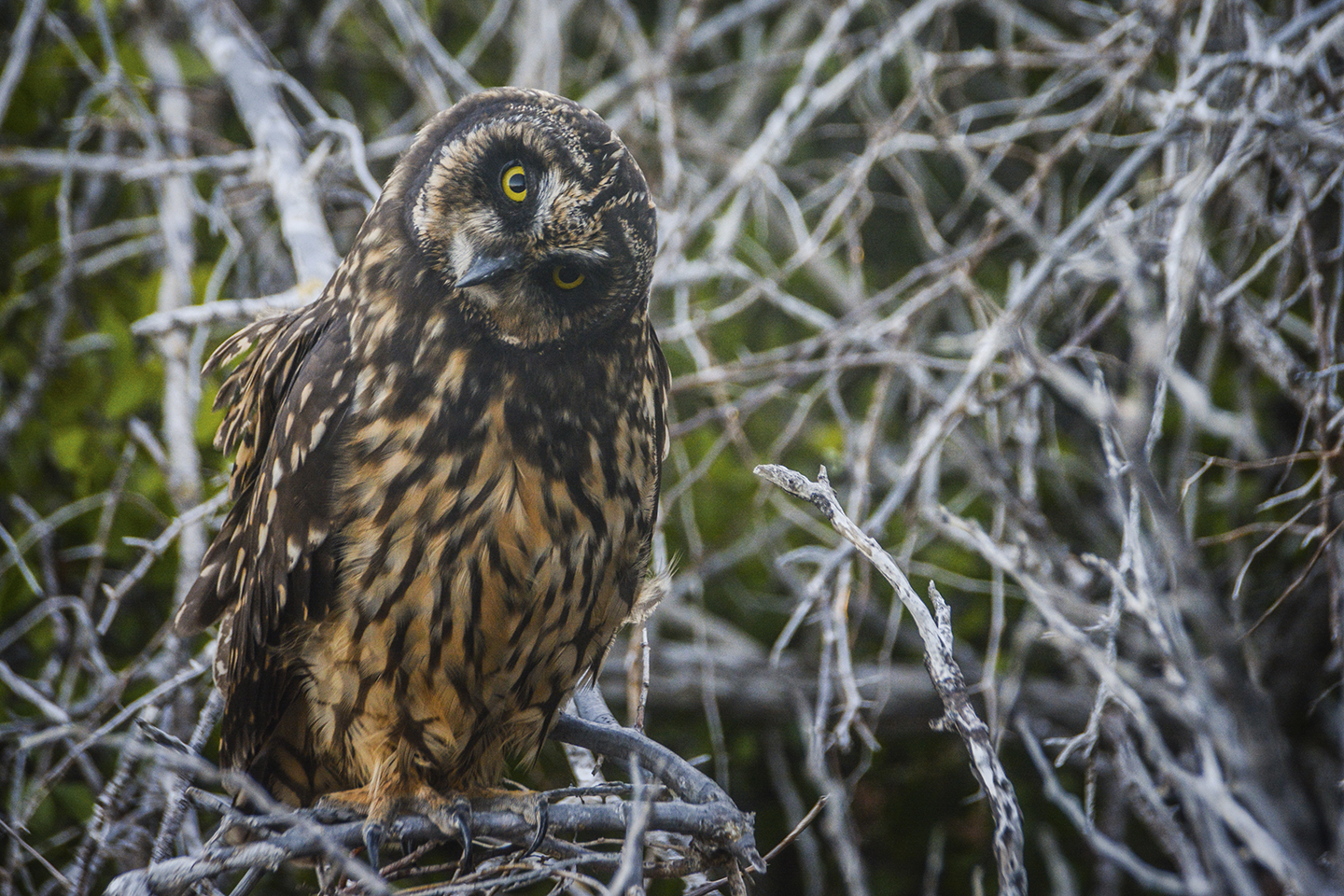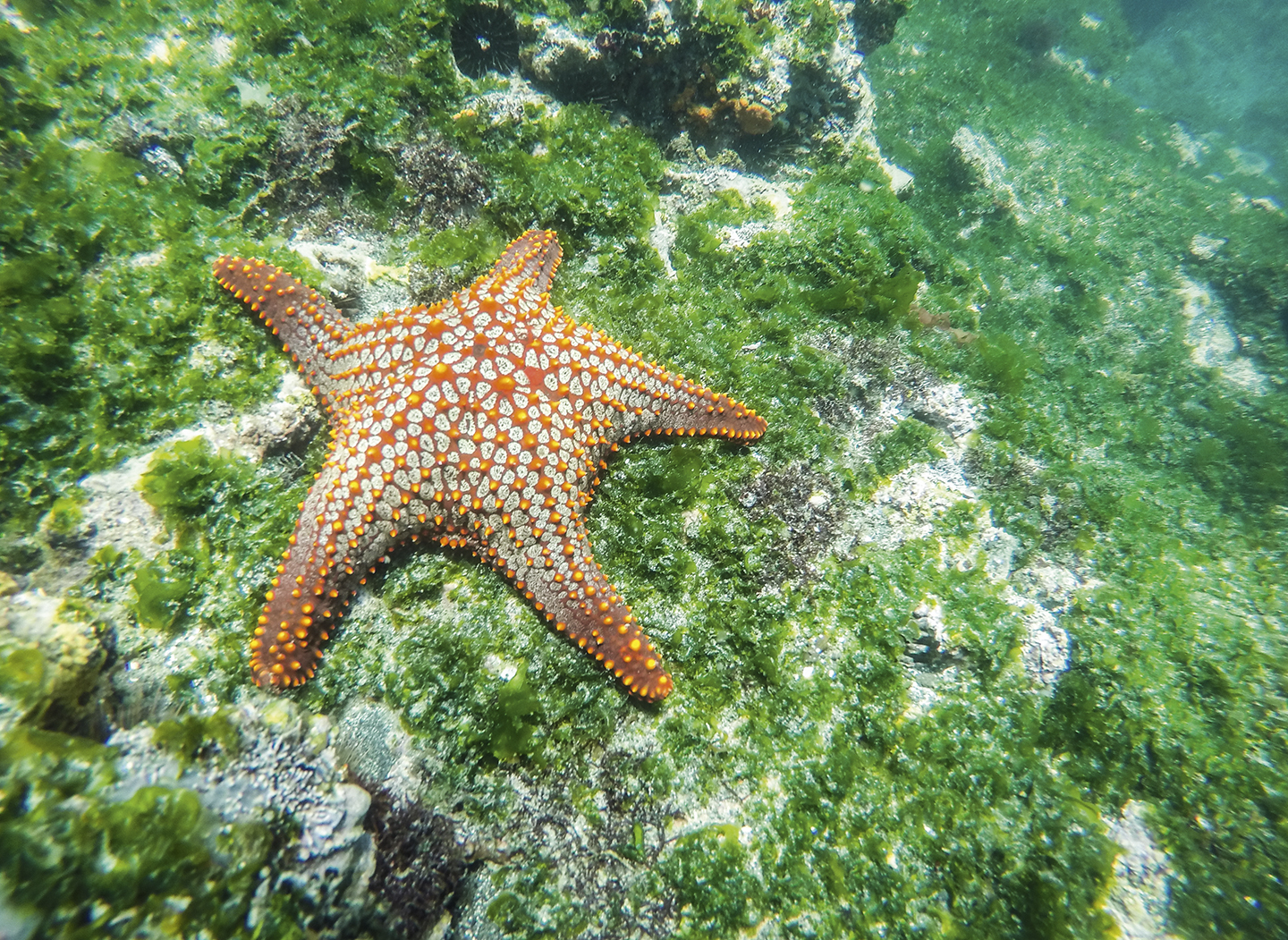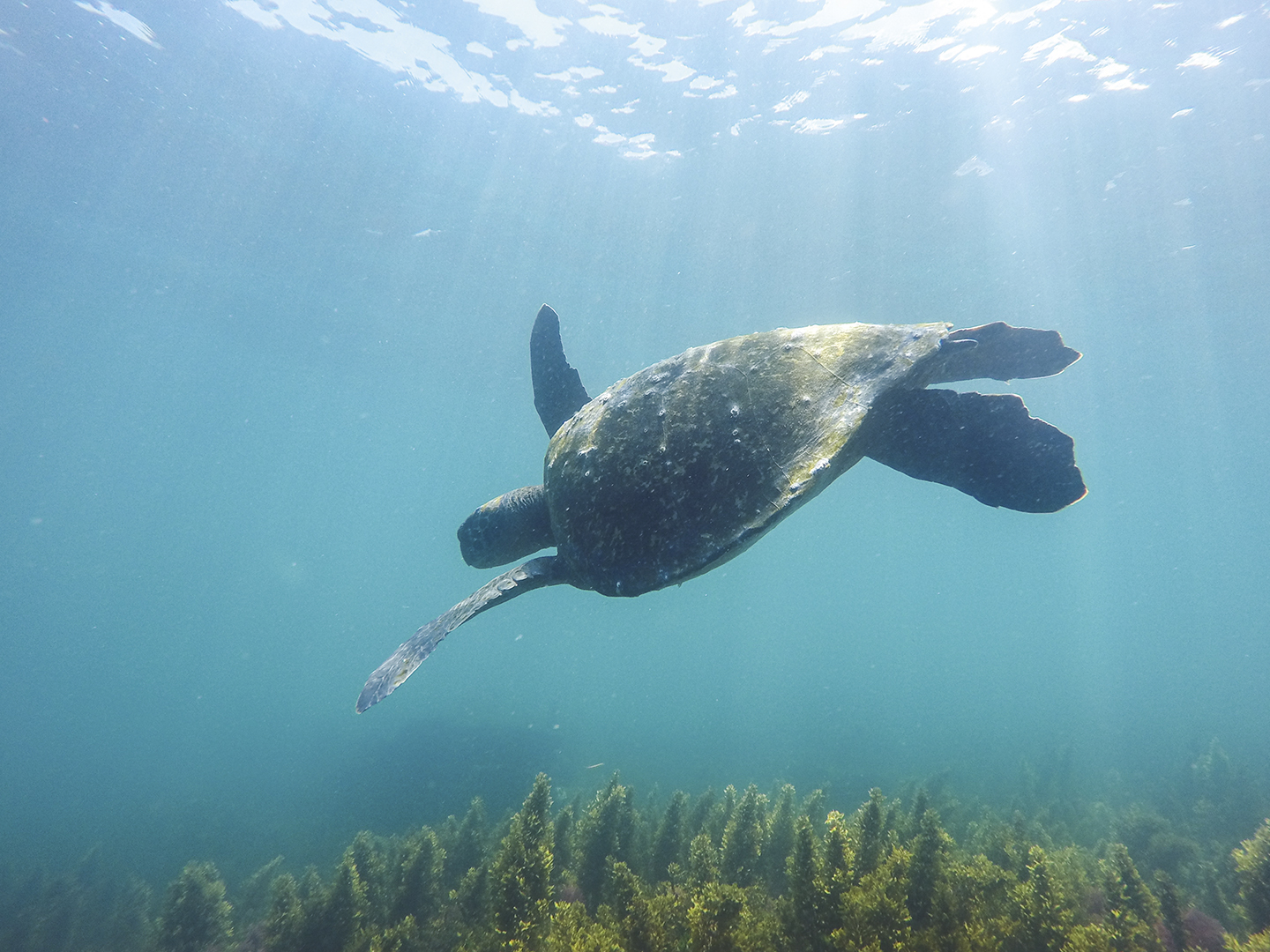Fotos: María Caracola
The Galapagos Islands are undoubtedly an experience that creates undying memories in the minds of those who visit them. The great work carried out by the Galapagos National Park in terms of conservation of this Natural Heritage is, and should be, an example worthy of admiration from each and every one who inhabits this wonderful planet.
For some, the beautiful beaches of this land of fire and its crystalline waters are the factors that attract the attention of tourists when visiting this equatorial land. For others, including myself, it is Charles Darwin’s revolutionary theory of evolution, and the incredible species on which he relied to validate it.
It is impossible not to be captivated by so many species, which are not difficult to spot because they easily find you. These are animals that within their thousands of years of existence have not developed fear towards human beings, with whom they just met by mid past millennium, and therefore are very friendly. So much so that in many cases, to follow the rules of the National Park -not to touch them- it is necessary to stand aside or leave the walking trail, because these curious animals do not understand that the human beings are just that, despite responsible tourism.
Certain species are endemic to the archipelago and some only to certain islands. This means that they are not found anywhere else in the world. The Galapagos Islands are one of the only places in the world where the opportunity to meet all kinds of animals, so different and in such varied ecosystems, can happen in one single day. The wonderful thing about this fauna richness is that it´s a constant in this paradise, not only when walking the islands, but also when immersing in its wonderful waters. This is a list of animals I saw in just one day, taking a tour to the central islands of Santa Fe and Plazas Sur.
Sea Lions
One of the most common animals at the islands. Its playful way of being makes them so captivating that it´s impossible not to mention them. Sea lions are mammals that live in almost every island, and differ from seals by their fins and the mobility they acquire with them to lean and walk on stones and sand. They are excellent swimmers; they feed on fish and octopuses, and it´s a delight to see them swim when snorkeling. They are very curious and extremely fast. It is not uncommon to be greeted by them at ports, and with a little luck see their offspring very close, as was the case on our arrival at Plazas Sur. It is important to keep distance from females if they are nearby, they can be very aggressive to protect their babies.
Land iguanas
For thousands of years land iguanas arrived to the islands on floating vegetation, and evolved into a new species: the marine iguana. However, in Plazas Sur Island, it is common to find terrestrial species in greater quantity. They have a yellow-orange coloration, and are smaller than those found in other islands, such as Seymour Norte or Santa Fe. They feed on sesuvium and cactus, and it is easy to find them crawling on rocks, climbing on cactuses or hollows used as burrows. A curious fact about this island and this specie is that having a direct relation with the marine and terrestrial iguana, hybrid varieties that share characteristics of one and the other have been found, although they are not so common. An example would be an iguana with the orange color of the terrestrial and the flat tail of the marine. The iguana in the picture is a common land iguana.
Galapagos owl
Another wonderful inhabitant of the islands is the Galapagos Owl. This animal, unlike the owls of the world, is the only one that hunts during the day. The largest population of this specimen is found on the northern island of Genovesa, the island of birds, because they feed on smaller ones such as petrels and finches. It is not easy to see them because its yellowish brown color is the perfect camouflage among the dry vegetation and the volcanic stones of the islands. Undoubtedly the most important finding in our visit to Plazas Sur, and perhaps the whole trip, was to meet an owl among the vegetation of this central island, where it is extremely rare to see them, and it was very close!
Snorkel in Santa Fe
Snorkeling in the amazing waters of Galapagos is undoubtedly one activity that should not be missed. The richness of nutrients and species that flow within the marine currents that collide in this point of the Pacific Ocean, guarantees that there is no concern for scarcity. Swimming with fish of all colors, turtles, sea lions, mantas and even sharks, is something that does not happen when you live on the beaches of the continent. Encountering these species is not difficult in Galapagos, and you do not even need to go deep sea diving to see them. We almost forgot about the wonders of Santa Fe Island, known for its large land iguanas and giant cactuses, when we submerged in the crystalline waters with our snorkel masks. The amount of animals that swam around us made of this activity an unforgettable memory.


